Dr. Oscar Quevedo-Teruel
Full Professor
Electromagnetic Engineering and Fusion Science (EMF)
School of Electrical Engineering and Computer Science (EECS)
KTH Royal Institute of Technology
Full Professor
Electromagnetic Engineering and Fusion Science (EMF)
School of Electrical Engineering and Computer Science (EECS)
KTH Royal Institute of Technology
Lens antennas are considered as a type of aperture antennas. They make use of a lens to modify the field distribution at the aperture of the antenna, which is typically fed by a single source.
The lens is employed to transform the waves arriving from the source into a desired radiation pattern. Commonly, the desired radiation pattern is a directive beam in a given direction.
At KTH, we investigate new lens antenna solutions. These new solutions are aimed to reduce the cost, complexity and losses in the feeding network. Our lens antennas make use of glide symmetries and/or transformation optics. Finally, some our recent research efforts are focused on geodesic lenses.
A periodic structure is glide-symmetric if it can be repeated after both a translation and a mirroring operation.
The study of glide symmetries is an active research topic in the fields of microwave technology, antennas and metamaterials.
At KTH, we have been recently demonstrated that 2D glide-symmetric structures can be employed to produce low dispersive equivalent refractive indexes. These periodic unit cells can be used to produce broadband lens and leaky-wave antennas.
Additionally, glide-symmetric structures have demonstrated to be able to produce low-cost gap-waveguide technology. We have demonstrated that glide-symmetric configurations have a similar bandgap as the conventional bed-of-nails. However, holes are more cost-effective and robust than bed-of-nails.
Under the assumption that the wavelength of the electromagnetic wave is small enough, the study of the wave propagation in inhomogeneous isotropic medium can be approached by means of geometrical optics. This means that we can use geometrical considerations to determine the paths of its associated rays as well as to compute its corresponding intensity.
We have implemented a general code that combines a ray-tracing with ray-tube and Kirchhoff’s scalar diffraction theories; and the results are extremely accurate for geodesic lenses, as well as for dielectric radome/lenses.
Our code permits the calculation of radiation patterns, scan losses, and radiation efficiency; and it is not limited to rotationally-symmetric shapes.
The first step in the design of devices containing periodic structures is the dispersive analysis of the structure, i.e., computing the wavenumber of modes propagating.
This can be done using the eigenmode analysis tool of general electromagnetic solvers. However, higher precision and reduced computational time can be obtained with developed specialized programs for narrower class of electromagnetic structures of interest.
Two of the commonly used techniques for these specialized programs are circuit models, multimodal analysis and the mode-matching method. At KTH, we have developed a number of these programs, specialized in solving periodic structures possessing higher symmetries.
Metasurfaces are extremely thin layers of sub-wavelength unit cells that can be employed for directing or preventing the propagation of electromagnetic waves.
The concept of metasurfaces can be applied to waves from radio-frequencies to optics, including microwaves and TeraHertz (THz) regimes.
Their applications are numerous, and may be used to improve the performance of already known devices such as antennas, fibre optics, circuits, radio-telescopes and satellites.
At KTH, we have studied the possibilities of using glide-symmetric metasurfaces to achieve wide band lenses, such as Luneburg lenses that find application in 5G ommunication systems and high-speed vehicles.
According to the Transformation Optics theory, any given electromagnetic device can be transformed into an infinite number of new ones with same electromagnetic responses.
For instance, this tool was proposed to redesign traditional devices such as polarization rotators, wave collimators and beam benders; or to reduce the size of conventional lenses, to enhance transmission through sub-wavelength aperture and generally to simplify the complex geometry of certain antennas.
At KTH, we have developed the quasi-conformal transformations optics theory to develop bespoke lenses to a given specific feeding. Therefore, we can produce lenses which are quasi-perfect for a specific type of antenna. These solutions are ultra wide band if dielectric materials are employed.
Twist symmetry is one type of higher symmetry where the additional geometrical operation is a rotation around a twist axis.
More specifically, a structure possesses an m-fold twist symmetry if the compound geometrical operation consists of a translation of p/m along a given axis (the periodicity axis) and a rotation of 2π/m around the same axis, where p is the periodicity of the unit cell, and m is an integer number.
At KTH, we have recently proposed the use of twist symmetries to reduce the dispersion in transmissions lines and to produce stop-bands for filtering purposes.
Leaky-wave antennas are realized by a gradual and controlled radiation of the waves that are confined in waveguides or transmission lines.
Leaky-wave antennas can produce high radiation efficiency due to their simplified feeding network. They are commercially used in airplane radars or train communications inside of tunnels.
One of their common drawbacks is that they are dispersive. This means that their radiation pattern changes with the frequency. At KTH, we have recently demonstrated that dispersive prisms can be employed to compensate the inherent dispersion of leaky-wave antennas.

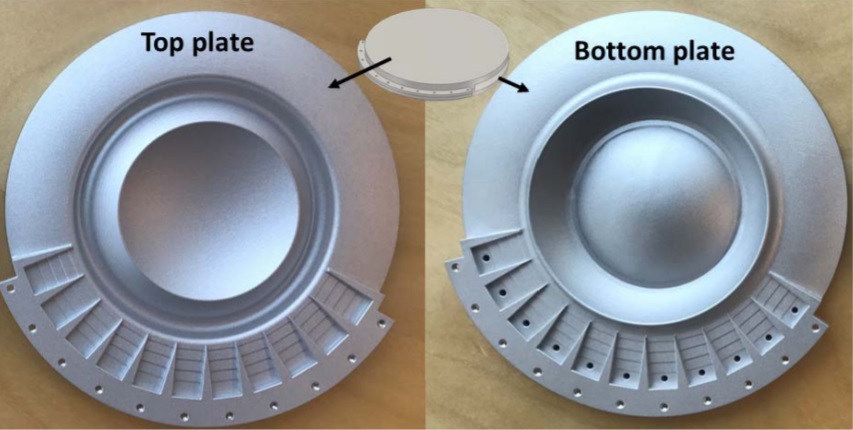
Q. Liao, N. J. G. Fonseca, O. Quevedo-Teruel “Compact Multibeam Fully Metallic Geodesic Luneburg Lens Antenna Based on Non-Euclidean Transformation Optics”, IEEE Transactions on Antennas and Propagation, vol. 66, no. 12, pp. 7383-7388, Dec. 2018.
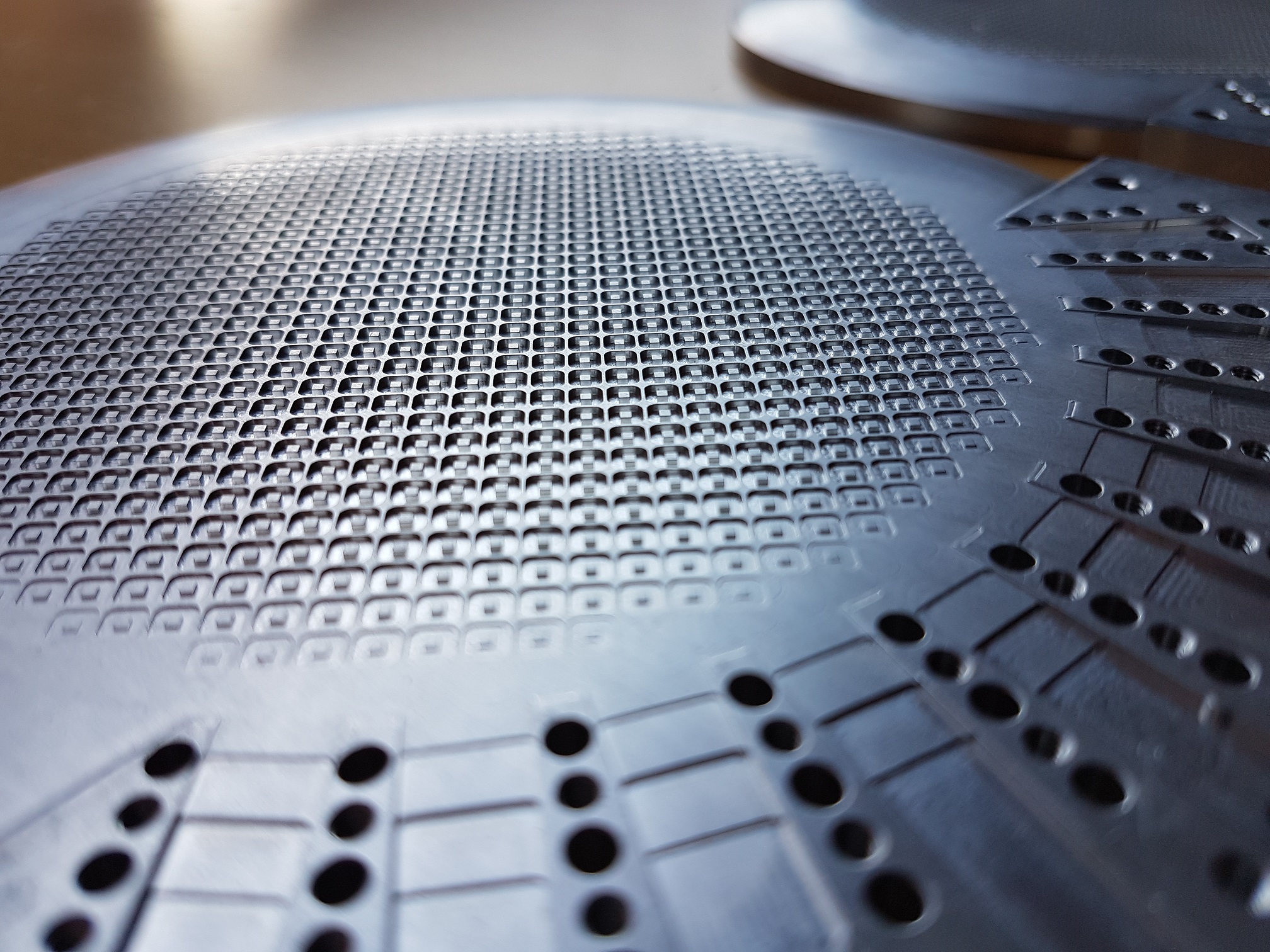
O. Quevedo-Teruel, J. Miao, M. Mattsson, A. Algaba-Brazalez, M. Johansson, L. Manholm, "Glide-symmetric fully-metallic Luneburg lens for 5G Communications at Ka-band," IEEE Antennas and Wireless Propagation Letters, vol. 17, no. 9, pp. 1588-1592, 2018.
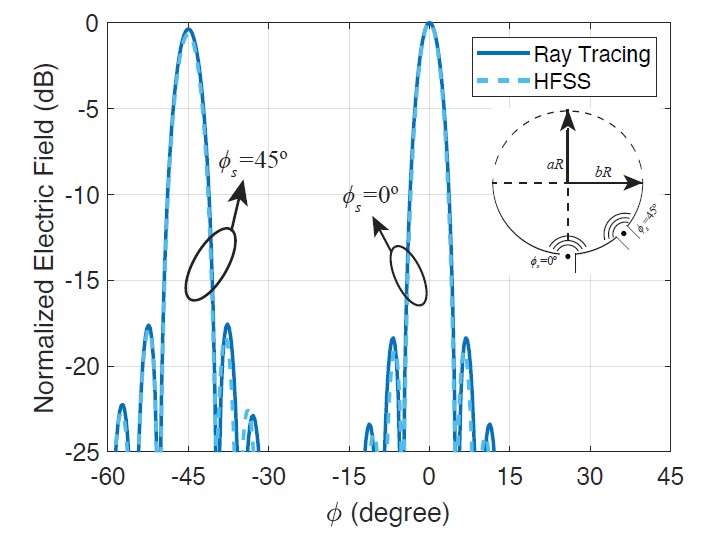
Q. Liao, N. J. G. Fonseca, M. Camacho, A. Palomares-Caballero, F. Mesa, O. Quevedo-Teruel, "Ray-Tracing Model for Generalized Geodesic Multiple Beam Lens Antennas," submitted to IEEE Transactions on Antennas and Propagation, 2022.
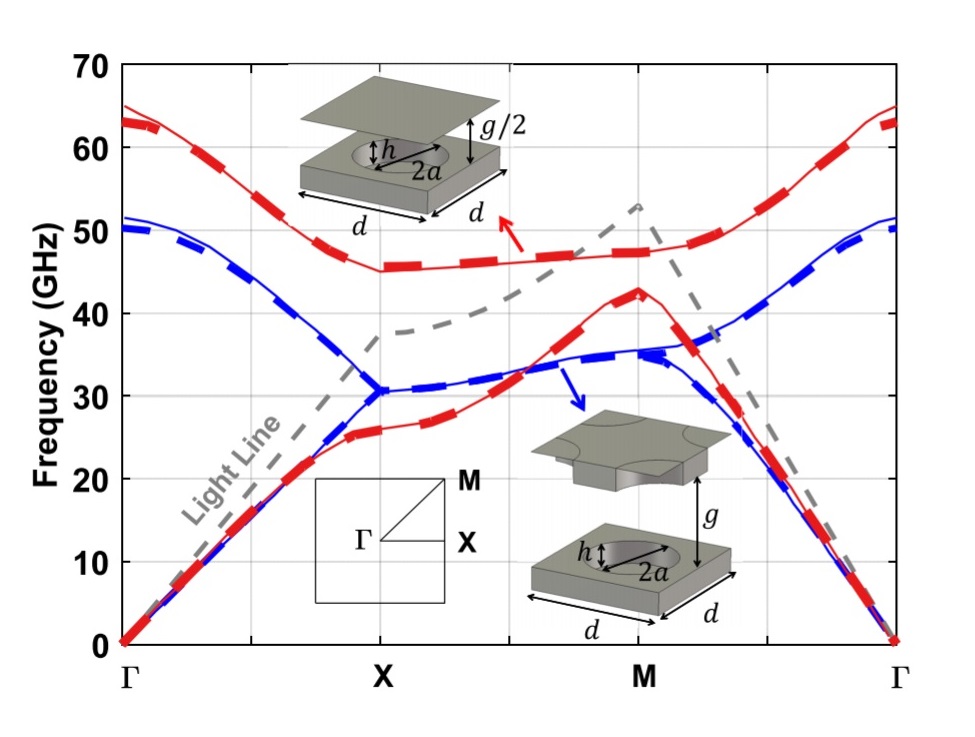
F. Ghasemifard, M. Norgren, O. Quevedo-Teruel, G. Valerio,"Analyzing Glide-Symmetric Holey Metasurfaces Using a Generalized Floquet Theorem," IEEE Access, vol. 6, pp. 71743-71750, 2018.
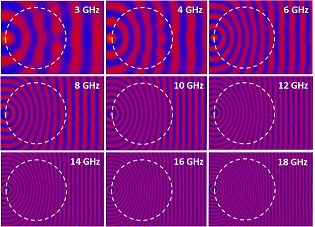
O. Quevedo-Teruel, M. Ebrahimpouri, M. Ng Mou Kehn, "Ultra Wide Band Metasurface Lenses Based on Off-Shifted Opposite Layers," IEEE Antennas and Wireless Propagation Letters, vol.15, pp. 484-487, 2016.
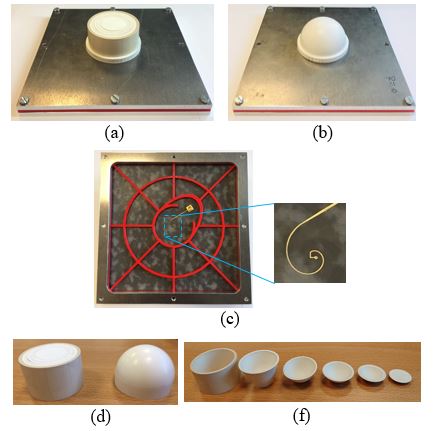
M. Ebrahimpouri, O. Zetterstrom, O. Quevedo-Teruel, "Experimental Validation of Bespoke Lens for a Slot Log-Spiral Feed," IEEE Antennas and Wireless Propagation Letters, vol. 19, no. 4, pp. 557-560, April 2020.
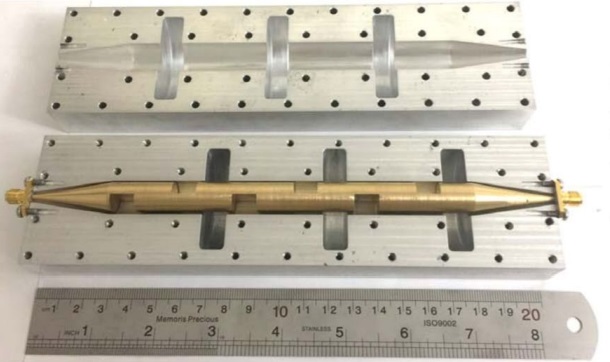
F. Ghasemifard, M. Norgren, O. Quevedo-Teruel, "Twist and Polar Glide Symmetries: An Additional Degree of Freedom to Control the Propagation Characteristics of Periodic Structures," Scientific Reports, vol. 8, Article number: 11266, 2018.
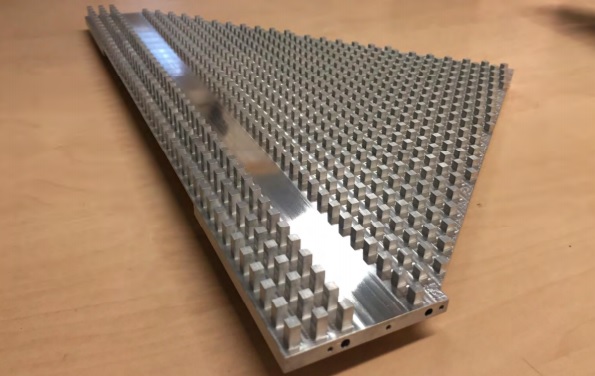
L. Wang, J. L. Gomez-Tornero, E. Rajo-Iglesias, O. Quevedo-Teruel, "Low-dispersive Leaky-wave Antenna Integrated in Groove Gap Waveguide Technology," IEEE Transactions on Antennas and Propagation, vol. 66, no. 11, pp. 5727-5736, Nov. 2018.